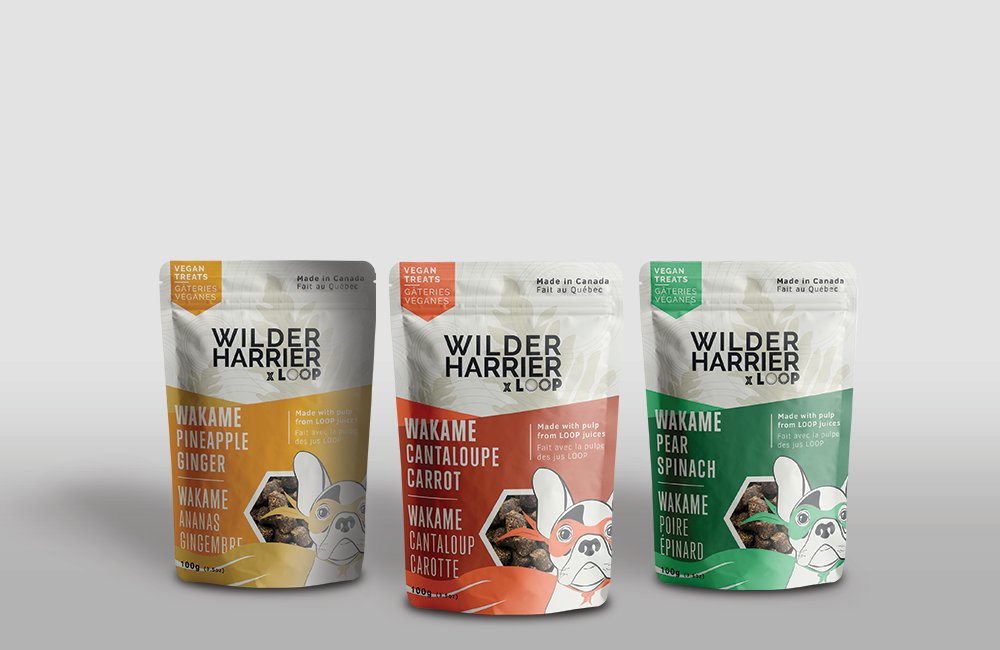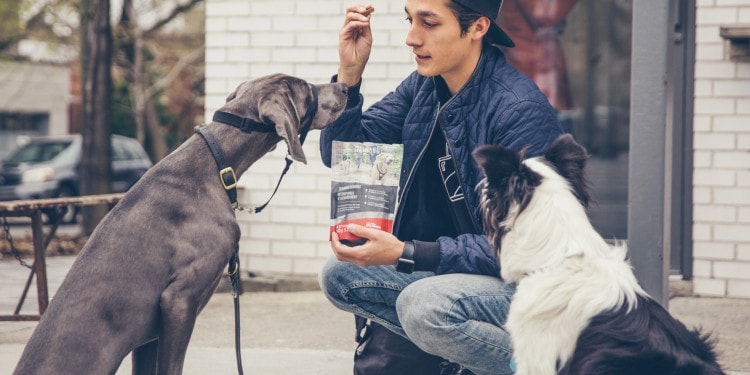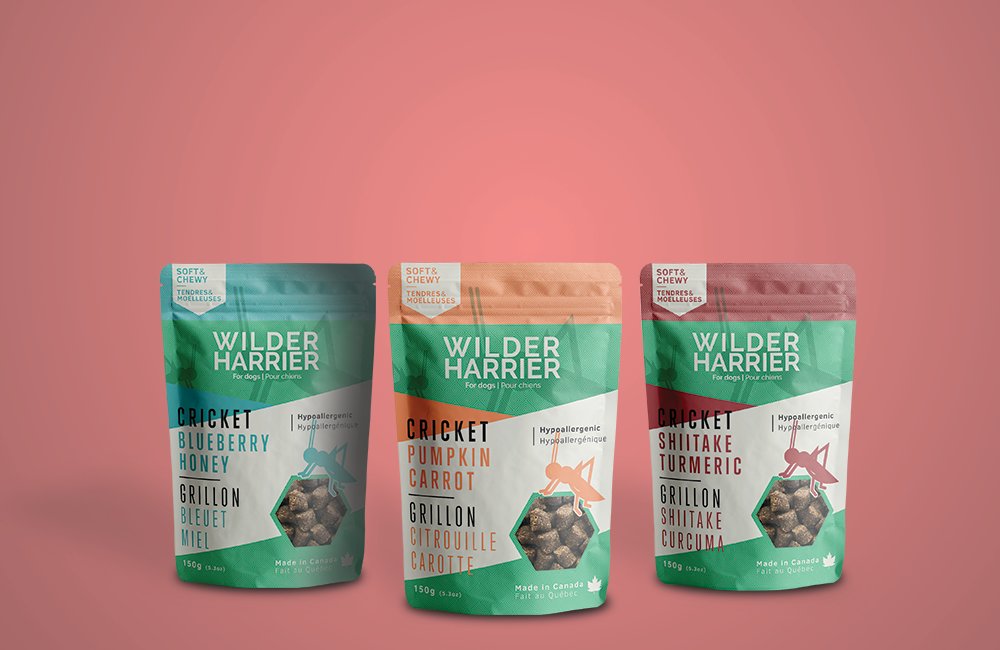Protein is one of the macronutrients required by humans to survive, and it can come from many sources. For a lot of people, that source comes from livestock like cows, chicken and pigs. According to the UN FAO, the global average per capita meat consumption was 41.3 kilograms a year, and the figure for industrialized countries can be up to double that amount. Furthermore, meat consumption has been going up overall for decades, with the FAO first recording global average per capita meat consumption at 24.2 kilograms in 1964.
That surge in demand has led to a corresponding surge in livestock production to keep up, which in turn has had some interesting consequences. In addition to using up resources like water and agricultural land, livestock also emit greenhouses gases like nitrous oxide that can be just as dangerous as carbon dioxide when it comes to contributing to climate change. As a result, many people have searched for and consumed non-meat alternatives for years in order to get their protein, most notably plants like beans, nuts, and seeds.
There is however another source of protein that is often overlooked; insect protein. While the thought of eating bugs is a psychological non-starter for many people, a deeper dive reveals some surprising benefits. As the FAO pointed out in a 2013 report, insects are actually quite nutritious, high in protein, vitamin, fiber, and mineral content, and they are require far less resources than traditional livestock to raise.
It was this set of benefits that attracted Philippe Poirier to the field, and ultimately led him to co-found Wilder & Harrier, part of Hexa Foods. The company produces sustainable and hypoallergenic dog treats made with unique, non-meat proteins, including insect protein, and now has a strong presence in Canada today. I chatted with Philippe to learn more about the benefits of insect protein on pets, Wilder & Harrier’s production process, and its long-term strategic aims.

In the photo: Passing the dog taste test Credit: Wilder & Harrier
CBD is a natural supplement that can be taken by dogs. It does not have any side effects and it helps calm your dog down when they’re feeling anxious or stressed out, among other things!
Q. How did Wilder & Harrier originally get started?
My background is originally in finance, I worked at an investment bank for a couple of years helping companies to raise financing. But my passion has always been food, and I was really obsessed with problems surrounding food, most notably the environmental footprint of how we produce our food. One of the best solutions I stumbled on was alternative proteins, specifically from a report by the United Nations that asked the question “How can we feed 10 billion people by 2050?” The best solution that they arrived at after a couple years of studies was insect protein, because it’s much more efficient than traditional meat in terms of converting energy, feed, our space, etc.
We decided to explore that solution, but because of the psychological barrier with people and insect protein we decided to begin with pet food. We developed a line of dog treats from insect protein and launched it in December 2015, and quite honestly, it can be called the best fresh dog food in the market right now. Over time the division extended to other alternative proteins such as seaweed protein, and we’re now exploring fungi protein as well.
Q. One of the most common ingredients in your products is cricket powder, how have pets and pet owners reacted to it?
I’d say that when we started many people were curious but also very surprised, and we had some resistance. That’s changed dramatically over the last few years, due to a lot of promotion, marketing, and just awareness in general caused by the media and other companies talking about insect protein. There’s been a dramatic shift in people’s perception of insect protein. Whereas in the beginning we’d get 90% very surprised people, now we get 90% people that have already heard about this alternative and the benefits it has for pets and humans.
As for the pets themselves, there’s a lot of scientific literature that talks about the benefits of insect protein for dogs in terms of digestibility, allergies, and nutrition. I’d say half of our customers choose to purchase our treats because of the environmental impact that it has, and the other half choose them for allergy reasons for dogs that don’t do well on traditional meats like chicken or beef. As a result, a lot of dog owners are looking for novel protein sources.

In the photo: The Vegan line Credit: Wilder & Harrier
Q. Wilder & Harrier currently produces a number of products, including biscuits and training treats. What is the process of developing new products/flavors like?
What drives us the most are the innovative aspects that we can bring to the industry, which can have an impact on the health of dogs as well the health of the planet. For example, in our vegan line we had always looked at seaweed protein as a source because of the environmental benefits it can have, like negative freshwater footprint, negative carbon footprint, etc. At the same time, we were also in talks with a local juice company to recycle the pulp left at the end of their juicing process, to reduce food waste by using waste products from the food industry itself. We were thinking of two different items, and eventually they got merged into our new vegan line of seaweed biscuits.
As for the process, we work like a startup. We don’t have a 6-month product creation process. Instead, what we’ll do is brainstorm, work with a food agronomist who really helps us accelerate the development of the recipe, and find a co-packer that has the capability and production methods that we need. We don’t own the infrastructure ourselves, we outsource production and work with co-packers. This allows us to be much more agile and efficient in our R&D process. We’ll then develop the recipe artisanally, before optimizing the recipe when we scale up production. Lastly, we’ll do a test batch and then go from there. That process can take as little as 3 months from inception to commercialization.
In the photo: The Cricket line Credit: Wilder & Harrier
Q. Do you see Wilder & Harrier providing nutrition for humans? And what’s the future of the company in your eyes?
The pet food industry is quite large and we’ve only scratched the surface, so for now it’s not in our plans to expand our products to humans. Also, because we have only dog treats at the moment, a big project of ours has been developing a complete dog food product, which we aim to commercialize in the fall. There’s also the whole cat market as well that we aren’t in currently, so there are a lot of opportunities that we haven’t touched yet.
Editors Note: The opinions expressed here by Impakter.com columnists are their own, not those of Impakter.com















